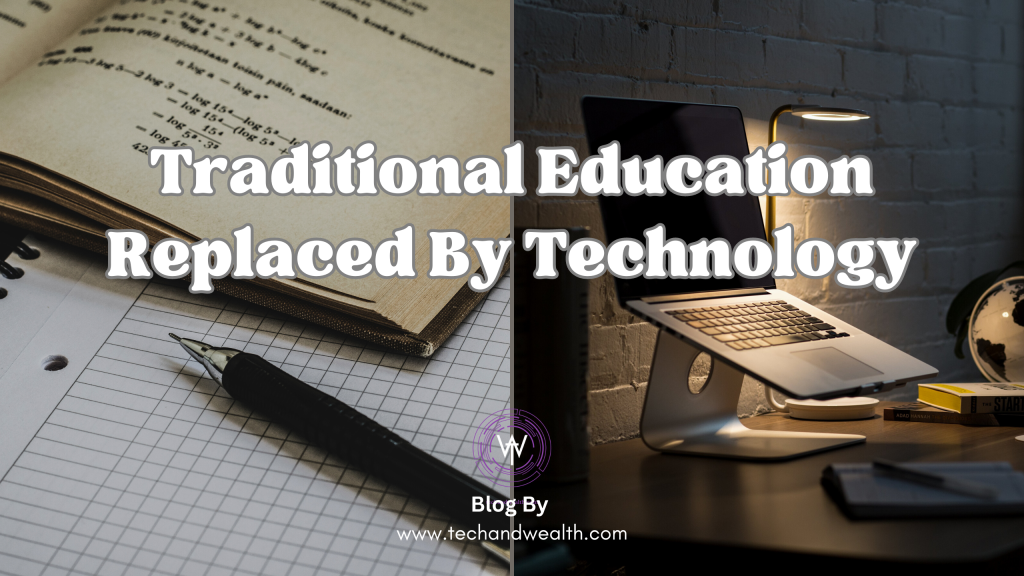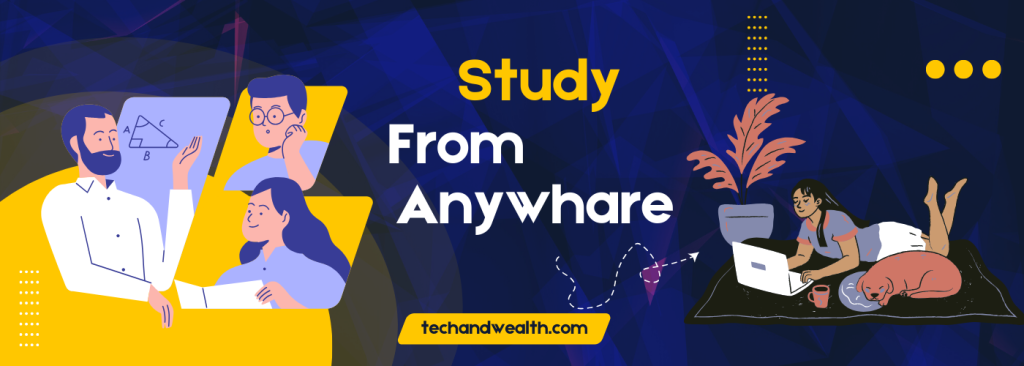
Should Traditional Educational Methods Be Replaced by Technology? Investigating the Online Classroom
A contentious discussion about whether technology should replace conventional educational techniques has been spurred by the integration of technology into education. With the coexistence of digital tools and conventional teaching techniques, this question compels us to consider the changing environment of education. Although there are various ways in which technology has transformed education, the answer cannot simply be “yes” or “no.” This blog will examine the benefits and drawbacks of using technology in the classroom and how it can complement rather than replace conventional teaching techniques.
Pros of Technology in Education
- Availability of Information: Technology gives pupils quick access to a wealth of knowledge that can supplement traditional classroom instruction. It promotes independent study and discovery.
- Interactivity and Engagement: Learning may be made more interesting and enjoyable by using digital technologies like gamified lessons, interactive apps, and virtual reality. They can support a variety of learning methods and maintain student motivation.
- Flexibility: Flexible learning schedules are made possible by online platforms and resources, opening up education to non-traditional students, working adults, and people with a range of requirements.
- Personalized Learning: By adjusting training to each student’s unique needs, adaptive learning systems enable each student to advance at their own rate.
- Cost-Efficiency: For both students and institutions, technology may dramatically lower the expenses of textbooks, physical resources, and commuting.
Technology’s Drawbacks in Education
- Digital Divide: There are discrepancies in schooling because not all kids have equal access to technology and the internet. Existing disparities may get worse as a result.
- Lack of Human Touch: Digital learning might not include the essential human component that characterizes traditional education, such as in-person interactions and the emotional bonds formed with peers and teachers.
- Overusing and Distracting: Digital distractions and excessive screen time can impair learning, shorten attention spans, and have a negative impact on one’s health.
- Privacy and Security Concerns: Concerns regarding data privacy, cybersecurity, and the potential misuse of personal information are brought up by the usage of technology.

The Future of Education System
It all comes down to balance when deciding whether technology should replace conventional teaching techniques. It’s crucial to establish a balance that incorporates the best aspects of both approaches rather than taking an all-or-nothing stance.
Education should use technology to improve conventional teaching techniques in the digital age. A promising strategy is blended learning, which blends live instruction with online resources. With this strategy, students can take advantage of personalized, interactive, and self-directed online content while still getting the invaluable benefits of conventional education, such as mentorship, group projects, and the personal touch.
Technology is an effective instrument that has changed education and made it more approachable and interesting. It should, however, work in addition to rather than in instead of conventional teaching strategies. The best strategy acknowledges that education is a dynamic, changing process that necessitates a blend of the old and modern. To guarantee that students have a comprehensive and successful learning experience, it is essential to strike a balance that takes advantage of both traditional and digital education’s characteristics.